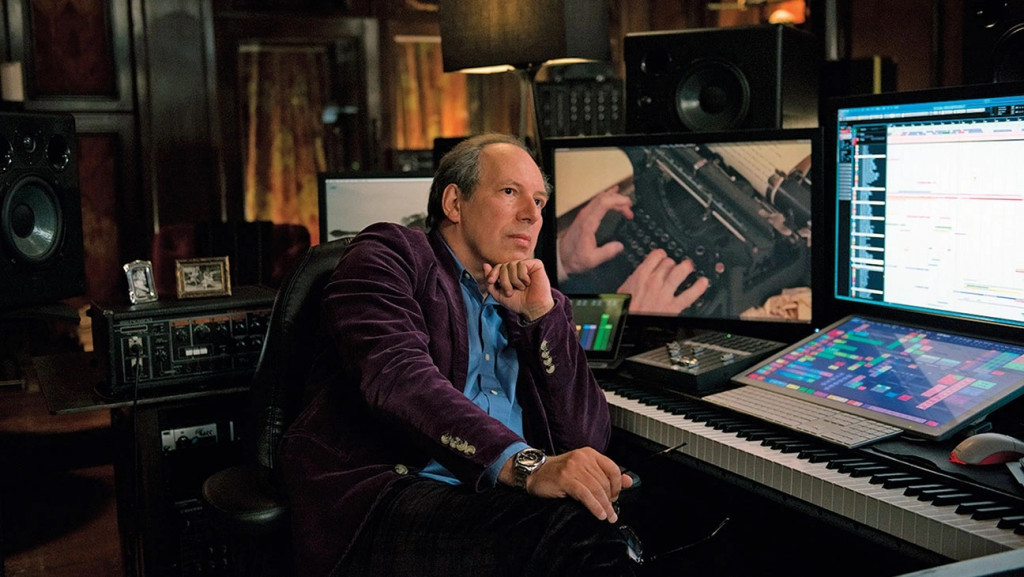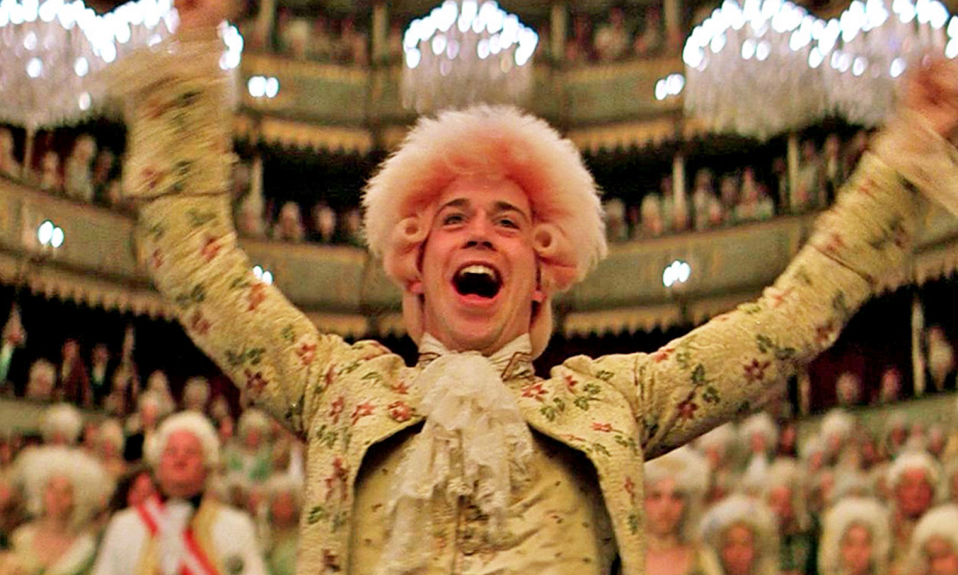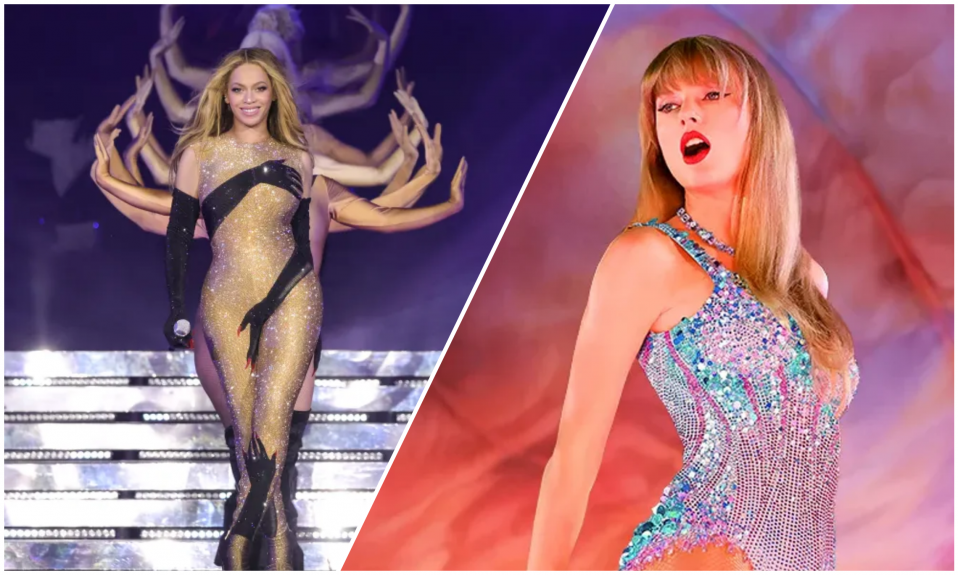Despite primarily being a visual medium music is a critical part of filmmaking which can really elevate a film’s power.
Today we will explore film’s relationship to music. To do this we will briefly look at the history of film score development. We will then discuss the ways music is used within films. Before finally looking at how music can impact audiences.
Film’s Musical Beginnings
While early films were silent they had live musical accompaniment. Sources differ on whether music was originally used for marketing, aesthetic, or noise masking purposes. Whatever the reason music quickly became entwined with film screenings. Live film scores were typically improvised or performed using existing tunes. Eventually, production companies began sending cue sheets to suggest the type of music that should play during particular scenes. The earliest original accompanying film score was featured in The Assassination of the Duke of Guise (1908).

Live music quickly faded when sound cinema emerged. However many early sound films had trouble adapting to the new technology needed for sound and so restricted the use of music. That changed when composer Max Steiner made a full-length orchestral score for King Kong (1933).
Each subsequent decade brought new advancements and experiments. The 40s and 50s saw the popularisation of jazz music. Which made films like A Streetcar Named Desire (1951) seem more modern. Forbidden Planet (1956) also became the first sci-fi film to have an electronic score. Additionally, this time saw orchestral scores decrease, mostly being reserved for big-budget projects.
The 60s showcased how popular songs could effectively emphasise action (The Graduate (1967)) and experimented with different musical tools (Ennio Morricone’s Dollars trilogy score). The 70s saw the rise of synthesizers, allowing lone creators to create full scores (Dark Star (1974)). Orchestral scores also made a broad return (Star Wars (1977)). And with the expansion of computer technology since the 80s and the internet’s development we have seen diverse experimentation with what can make up film music.
For example, Junkie XL uses different hardware and instruments to create eclectic scores for movies like Deadpool (2016). Meanwhile, Hans Zimmer influenced many modern scores through his wall-of-sound style and blending of orchestral, electronic and recorded elements.
Highs and Lows
With everything that goes into making film music what functions do they serve? Composer Aaron Copland listed 5 functions they can have:
- Establish time and place – Inform us about the story’s genre and setting. While also helping build atmosphere.
- Underline characters’ interiority – Communicate a character’s thoughts and psychology.
- Background filler – Comment on what the audience is seeing and enliven the film’s pace.
- Build continuity – Help to connect seemingly disparate scenes.
- Create dynamic shaping and give closure – Drive the narrative forward and provide finality to the film, characters, and plot strands.
Robin Hoffmann has since expanded on this list, by discussing how music can:
- Manipulate – Trick the audience’s emotions in service of the story.
- Create contradictions – Produce unexpected audience reactions by using music that may not match a scene’s tone.
- Psychologically condition – Elicit a primal emotional response and encourage the same reaction to similar work.
The Universal Language
Of course, the ultimate goal of film music is to impact audiences emotionally. So how does it accomplish these goals?
Research has shown that music helps to stimulate brain activity, particularly the parts of the brain that process emotions and control memory. Therefore when film music is being constructed it can use cultural signifiers that audiences recognise or techniques that appeal to instincts (e.g. high pitches and a fast pace can indicate danger) to generate an emotional reaction from audiences.
But music also affects film audiences through its enhancement of narrative elements. It can help us feel more connected to the characters, as it immerses us in their world and allows us to not just hear what characters say and see what they do but experience how they feel. Helping viewers feel more intimately involved in the story.
Additionally, it can encourage personal analysis of a film’s themes through its repeated deployment of themes and motifs which prompt questions as to the meaning behind their repeated use. Film music engages audiences physically, intellectually, and emotionally. There is a reason it is one of cinema’s most powerful tools.

Also Read: Great Dance Moments In Non-Musical Films













